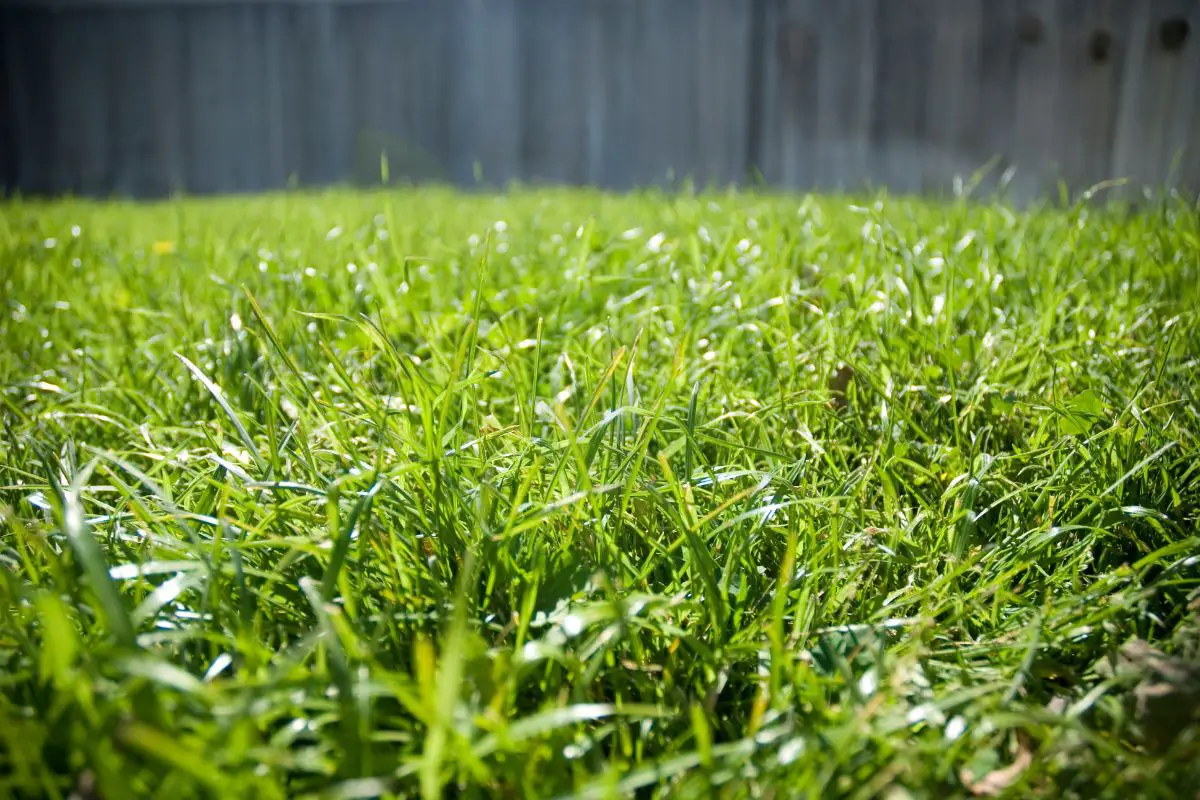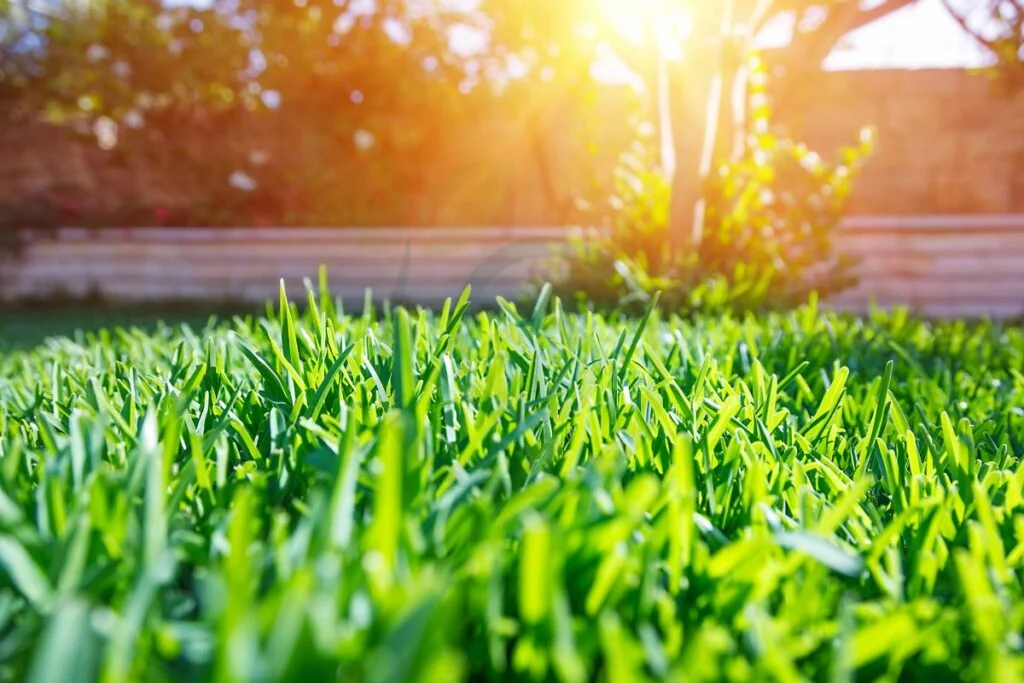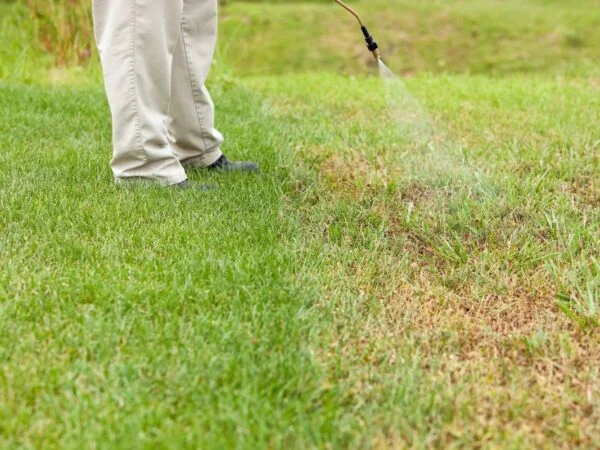
Want a lush green lawn? Curious about the secret to achieving it? Look no further than Bermuda grass seeding rate. By understanding the optimal seeding rate for Bermuda grass, you can ensure your lawn thrives and looks picture-perfect all year round. Whether you're a seasoned gardener or just starting out, getting the seeding rate right is key to success.
Key Takeaways
- Optimal seeding rate is crucial: Choosing the right seeding rate is essential for successful Bermuda grass growth.
- Consider key factors: Factors like soil conditions, climate, and intended use impact the ideal seeding rate for Bermuda grass.
- Calculate accurately: Use the appropriate formula to calculate the seeding rate based on the area you need to cover.
- Different rates for different purposes: Adjust seeding rates based on whether you are seeding a lawn, sports field, or pasture.
- Follow a detailed seeding guide: Step-by-step instructions can help ensure you seed Bermuda grass effectively.
- Avoid common mistakes: Be mindful of common errors like over or under-seeding to achieve optimal results.
Bermuda Grass Basics
Characteristics
Bermuda grass, known for its resilience and adaptability, remains a top choice for lawns and pastures. Its drought tolerance makes it popular. The fine texture, vibrant green color, and native leaves of Bermuda grass contribute to its aesthetic appeal.
One of the unique features of Bermuda grass is its aggressive growth, which allows it to quickly cover bare spots in lawns. This grass species thrives in full sun conditions, making it ideal for areas with ample sunlight. Its ability to withstand foot traffic also makes it suitable for high-traffic areas.
Cynodon Dactylon
The scientific name "Cynodon dactylon" is crucial in classifying Bermuda grass accurately. Cynodon" originates from Greek words meaning "dog tooth," referring to the shape of the seed head spikelets. The specific epithet "dactylon" means finger-like or resembling fingers.
Understanding the genus and species, Cynodon dactylon, provides insights into Bermuda grass's growth patterns and characteristics. This botanical nomenclature highlights the distinct features that make Bermuda grass stand out among other turfgrasses.
Growth Habits
Bermuda grass exhibits aggressive spreading habits, forming dense mats over time that choke out weeds effectively. Its rapid growth rate enables quick recovery from damage caused by mowing or trampling. In favorable conditions, this native grass can establish itself rapidly due to its vigorous nature.
Adaptable to various soil types and climates, Bermuda grass showcases seasonal variations in growth habits based on temperature changes. During warmer months, it grows vigorously, requiring more frequent mowing than in colder seasons when growth slows down gradually.
Importance of Seeding Rate
Lawn Health
Bermuda grass plays a crucial role in promoting overall lawn health by providing a lush, green carpet-like appearance. Its dense growth pattern helps to choke out weeds, reducing the need for herbicides. By seeding Bermuda grass at the appropriate rate, you can ensure a thick turf that naturally suppresses weed growth.
Maintaining a healthy Bermuda grass lawn is essential for enhancing its disease resistance. A well-fed and watered lawn is less susceptible to diseases, ensuring longevity and vibrancy. To promote optimal health for Bermuda grass lawns, remember to mow regularly at the correct height and provide adequate nutrients through fertilization.
Pasture Productivity
In native pasture settings, using Bermuda grass offers numerous benefits for livestock grazing. This grass variety boasts high nutritional value, supporting livestock health and productivity. Grazing animals on Bermuda grass pastures can lead to improved weight gain and overall well-being due to its rich nutrient content.
Incorporating Bermuda grass into pastures contributes significantly to increasing productivity levels while promoting sustainability. The dense growth habit of Bermuda grass provides ample grazing opportunities for livestock throughout the season. With proper management practices like rotational grazing, farmers can maximize their pasture's potential with this resilient native grass species.
Factors Affecting Seeding Rate

Soil Type
Bermuda grass thrives in well-drained soils with adequate fertility levels and a slightly acidic pH balance. Different soil types, native or not, can impact the success of Bermuda grass cultivation significantly. Sandy soils, for instance, provide excellent drainage but may require more frequent watering due to their low water retention capacity. On the other hand, clay soils retain moisture better but might necessitate improved aeration for optimal growth.
Soil preparation plays a crucial role in establishing Bermuda grass successfully. For sandy soils, incorporating organic matter can enhance nutrient retention and improve water-holding capacity. In contrast, for clay soils, adding sand or perlite can promote better drainage and prevent waterlogging issues that hinder Bermuda grass development.
Climate Conditions
Optimal climate conditions are essential for Bermuda grass to flourish. This warm-season grass thrives in regions with ample sunlight, moderate temperatures between 75-90°F (23-32°C), and consistent rainfall patterns. Insufficient sunlight can lead to weak growth and sparse turf density.
Adjusting cultivation practices based on climate conditions is vital for maintaining healthy Bermuda grass stands throughout the year. In areas with high temperatures, increasing irrigation frequency during dry spells can prevent drought stress and maintain vibrant green coloration. Conversely, in cooler climates, reducing mowing height during winter months helps protect the grass from frost damage.
Intended Use
Bermuda grass offers versatile applications across residential lawns, sports fields, golf courses, and erosion control projects due to its durability and rapid establishment rate. The intended use of Bermuda grass dictates the selection of suitable varieties with specific characteristics tailored to different environments.
For athletic fields requiring high traffic tolerance and quick recovery after wear-and-tear, hybrid Bermuda varieties are preferred for their resilience and regrowth capabilities. Conversely, in landscaping applications where aesthetics play a significant role, common Bermuda cultivars known for their fine texture and uniform appearance are chosen to create visually appealing turfs.
Calculating Seeding Rate
Seed Quantity Insights
Determining the appropriate amount of seeds needed is crucial for successful Bermuda grass growth. Take into account your land area to ensure optimal coverage.
Consider factors such as seed density per square foot when calculating seeding rates. This helps in achieving the desired results for your seeding project.
Accurately calculate seed quantities to prevent issues like over-seeding or under-seeding, which can impact the overall health and appearance of your lawn or pasture areas.
Optimal Rates
Understanding the recommended seeding rates per acre is essential for establishing a vibrant stand of Bermuda grass on your property.
Adjust seeding rates according to variables like soil condition, climate, and intended use to enhance the chances of successful establishment.
Adhere to guidelines on optimal seeding rates to boost germination rates and ensure even coverage throughout your planting area.
Seeding Rate for Lawns
Residential Lawns
Tailor your seeding approach to meet residential lawn needs like aesthetics, durability, and maintenance simplicity. Implement post-seeding care routines to establish a vibrant Bermuda grass lawn effectively. Consider foot traffic, mowing height, and watering schedules when seeding Bermuda grass in residential settings.
Commercial Spaces
Customize your seeding strategy to address the demands of high-traffic commercial areas such as parks, sports fields, or golf courses. Implement specialized maintenance practices after seeding for long-term viability and attractiveness of Bermuda grass in commercial spaces. Consider irrigation systems, fertilization schedules, and pest control measures when establishing Bermuda grass in commercial areas.
By considering factors like foot traffic levels and aesthetic preferences, you can determine the ideal bermuda grass seeding rate for residential lawns. Proper care routines post-seeding are crucial for ensuring the successful establishment of a lush bermuda grass lawn that thrives in residential settings. Factors such as mowing height and watering frequency play significant roles in maintaining a healthy bermuda grass lawn at home.
For commercial spaces with higher foot traffic volumes like parks or sports fields, customizing the seeding strategy is essential to withstand heavy usage. Specialized maintenance practices post-seeding are vital for preserving the long-term health and appeal of bermuda grass in these bustling environments. Factors like advanced irrigation systems and strategic fertilization schedules contribute significantly to sustaining a robust bermuda grass cover in busy commercial areas.
Seeding Rate for Sports Fields
Athletic Performance
Enhance athletic field performance by selecting suitable varieties of Bermuda grass. These varieties are known for their durability and playability, crucial for withstanding heavy usage. Consider factors like turf recovery time, traction levels, and wear tolerance when choosing Bermuda grass types.
Implement regular maintenance routines specifically tailored to athletic fields seeded with Bermuda grass. This is essential to uphold turf quality under the stress of continuous heavy usage. By following a strict maintenance schedule, you can ensure the longevity and resilience of the playing surface.
Maintenance Needs
Develop a comprehensive maintenance plan post-seeding to nurture healthy growth of newly established Bermuda grass stands. Incorporate practices such as mowing, watering, fertilizing, and aerating into your routine to sustain optimal turf health over time.
Monitor closely for signs of pests, diseases, or nutrient deficiencies during ongoing maintenance efforts. Promptly address any issues that arise to prevent them from escalating and affecting the overall health of the Bermuda grass on sports fields.
Seeding Rate for Pastures
Grazing Density
Determining appropriate stocking rates is crucial when establishing pastures with Bermuda grass for livestock consumption. Implement rotational grazing to maintain optimal levels without compromising pasture health. Regularly monitor and adjust stocking rates based on seasonal variations or changing livestock needs.
Fodder Production
Cultivating Bermuda grass can significantly enhance fodder production. Optimizing methods for fodder production using Bermuda grass is essential. Key benefits include higher yield, better nutritional value, and improved sustainability as a fodder source.
Step-by-Step Seeding Guide
Preparing Soil
Preparing the soil before seeding Bermuda grass is crucial for successful growth. Begin by clearing the area of debris and weeds to create a clean seedbed. Loosen the soil using a rake or tiller to ensure good seed-to-soil contact.
Aerate compacted soil to improve drainage and root development. Adding organic matter like compost can enhance soil structure and provide essential nutrients for Bermuda grass. Water the soil lightly before seeding to promote germination.
Spreading Seeds
When spreading Bermuda grass seeds, use a broadcast spreader for even coverage across the designated area. Ensure proper calibration of the spreader to achieve the recommended seeding rate per square foot. Divide the seeds into equal portions for uniform distribution.
Avoid overseeding, as it can lead to competition among young plants. After spreading, lightly rake the area to cover seeds with a thin layer of soil for protection and optimal germination conditions. Consider using a roller to press seeds into the soil gently.
Aftercare Tips
After seeding, water newly planted Bermuda grass frequently but lightly to keep the soil moist without causing waterlogging. Gradually reduce watering frequency as seedlings establish roots, typically after 2-3 weeks post-seeding.
Monitor growth progress regularly and address any issues promptly, such as pest infestations or nutrient deficiencies. Perform routine maintenance tasks like mowing once Bermuda grass reaches a height of 2-3 inches to encourage dense growth and discourage weed invasion.
Common Mistakes to Avoid
Over-Seeding
Over-seeding can be crucial for maintaining dense and healthy bermuda grass stands. It helps rejuvenate turf quality and fill in bare patches effectively. Timing is key when considering over-seeding as part of your lawn care routine. Optimal seed selection is essential for successful overseeding.
One common mistake is neglecting the timing aspect. Choosing the right time ensures that the new seeds have favorable conditions for germination and growth. Selecting high-quality seeds suitable for bermuda grass can significantly impact the success of your overseeding efforts.
To avoid mistakes with over-seeding, ensure proper preparation of the existing lawn before seeding. Aerate the soil to improve seed-to-soil contact and consider dethatching if necessary. Watering adequately after overseeding is vital to support germination and establishment of new grass plants.
Under-Seeding
Under-seeding may be preferred in certain circumstances for bermuda grass cultivation. It reduces competition among plants, allowing each seedling to access sufficient resources for optimal growth. This strategy can lead to a healthier and more resilient turf in the long run.
One benefit of under-seeding strategies is resource optimization, where fewer seeds are used compared to traditional seeding rates while still achieving satisfactory results. By avoiding overcrowding, under-seeded areas have better airflow and sunlight exposure, promoting overall lawn health.
Implementing under-seeding effectively involves careful consideration of seed distribution patterns and densities across the lawn area being treated. Ensuring uniform coverage without excessive seed application helps prevent wastage while maximizing germination rates for successful establishment.
Closing Thoughts
You now understand the critical role seeding rate plays in establishing healthy Bermuda grass. By considering factors like soil type, climate, and intended use, you can calculate the ideal seeding rate for your specific needs. Avoid common mistakes and follow the step-by-step seeding guide to ensure a successful growth process.
For lush lawns, durable sports fields, or productive pastures, seeding Bermuda grass at the right rate is key. Take charge of your grass seeding project by applying the knowledge gained here. Your efforts will be rewarded with vibrant greenery that enhances your outdoor spaces. Start seeding with confidence and watch your Bermuda grass thrive!
Frequently Asked Questions
What is the ideal seeding rate for Bermuda grass?
The ideal seeding rate for Bermuda grass typically ranges from 1 to 2 pounds per 1,000 square feet. It's important to follow recommended guidelines based on your specific needs and conditions for optimal results.
How do factors like soil type affect the seeding rate of Bermuda grass?
Soil type can impact the seeding rate of Bermuda grass by affecting water retention and nutrient availability. Sandy soils may require a slightly higher seeding rate compared to clay soils to ensure proper establishment.
Can I use the same seeding rate for both lawns and sports fields when planting Bermuda grass?
Seeding rates vary depending on the purpose of the area. Lawns generally require lower seeding rates for a dense turf, while sports fields may need higher rates to withstand heavy traffic and wear.
What are common mistakes that should be avoided when determining the seeding rate for Bermuda grass?
Common mistakes include over-seeding, underestimating site preparation needs, neglecting soil testing, and not adjusting rates based on specific conditions. Proper planning and attention to detail can help avoid these pitfalls.
Why is it crucial to calculate the seeding rate accurately when planting Bermuda grass?
Accurately calculating the seeding rate ensures proper coverage, minimizes waste, promotes uniform growth, and helps achieve desired turf density. Following recommended guidelines tailored to your project goals is key for successful establishment.
Image Source: Paid image from CANVA



